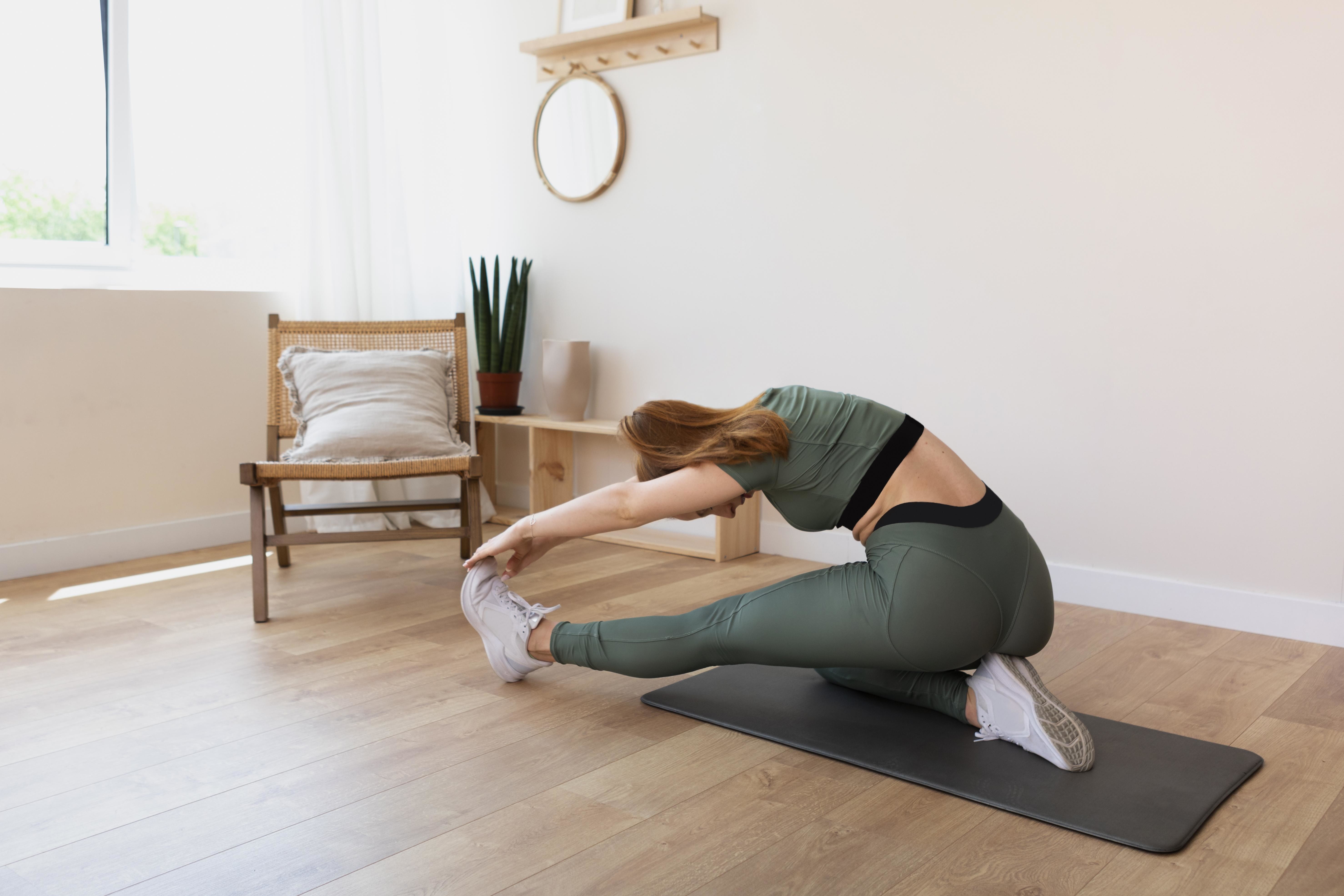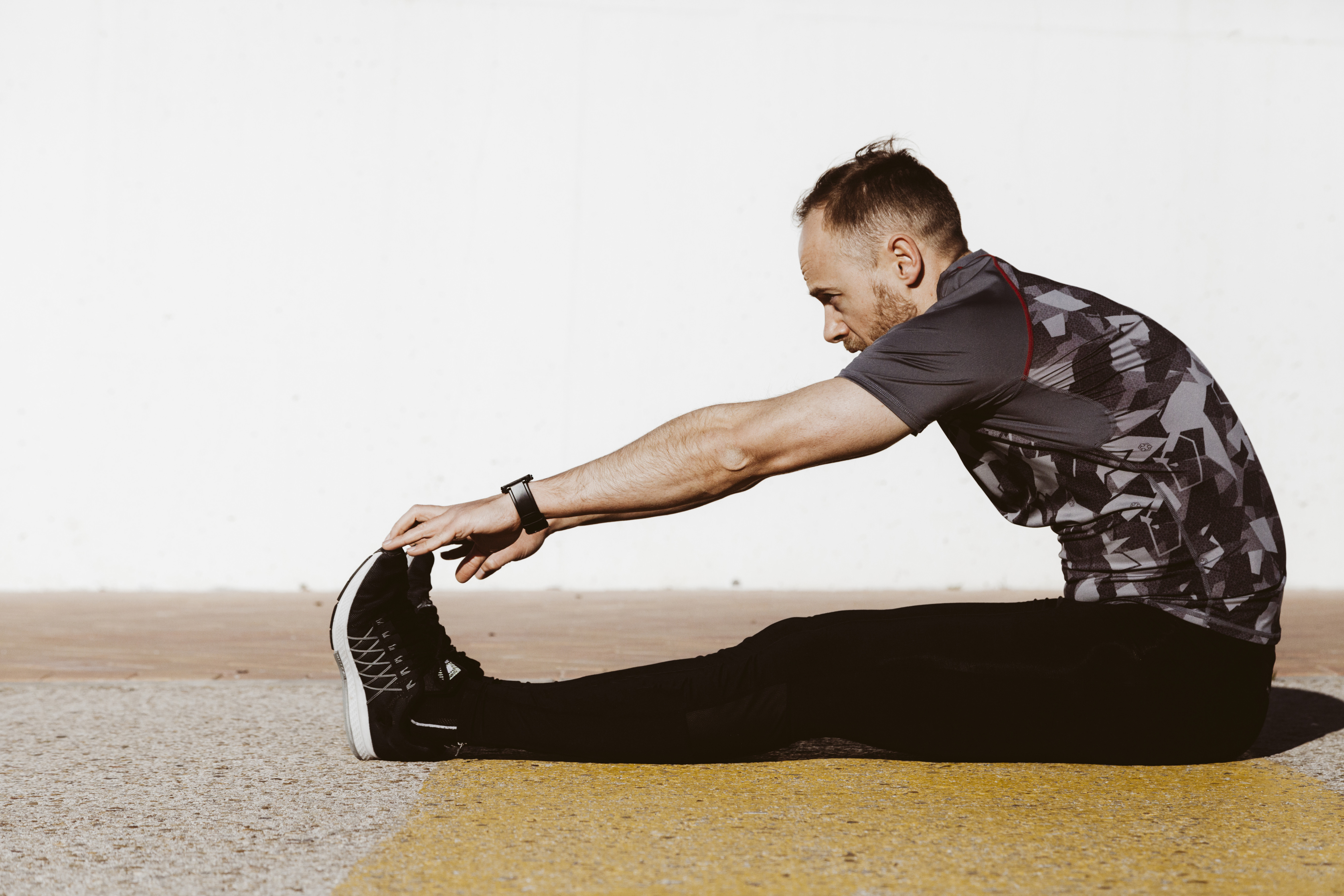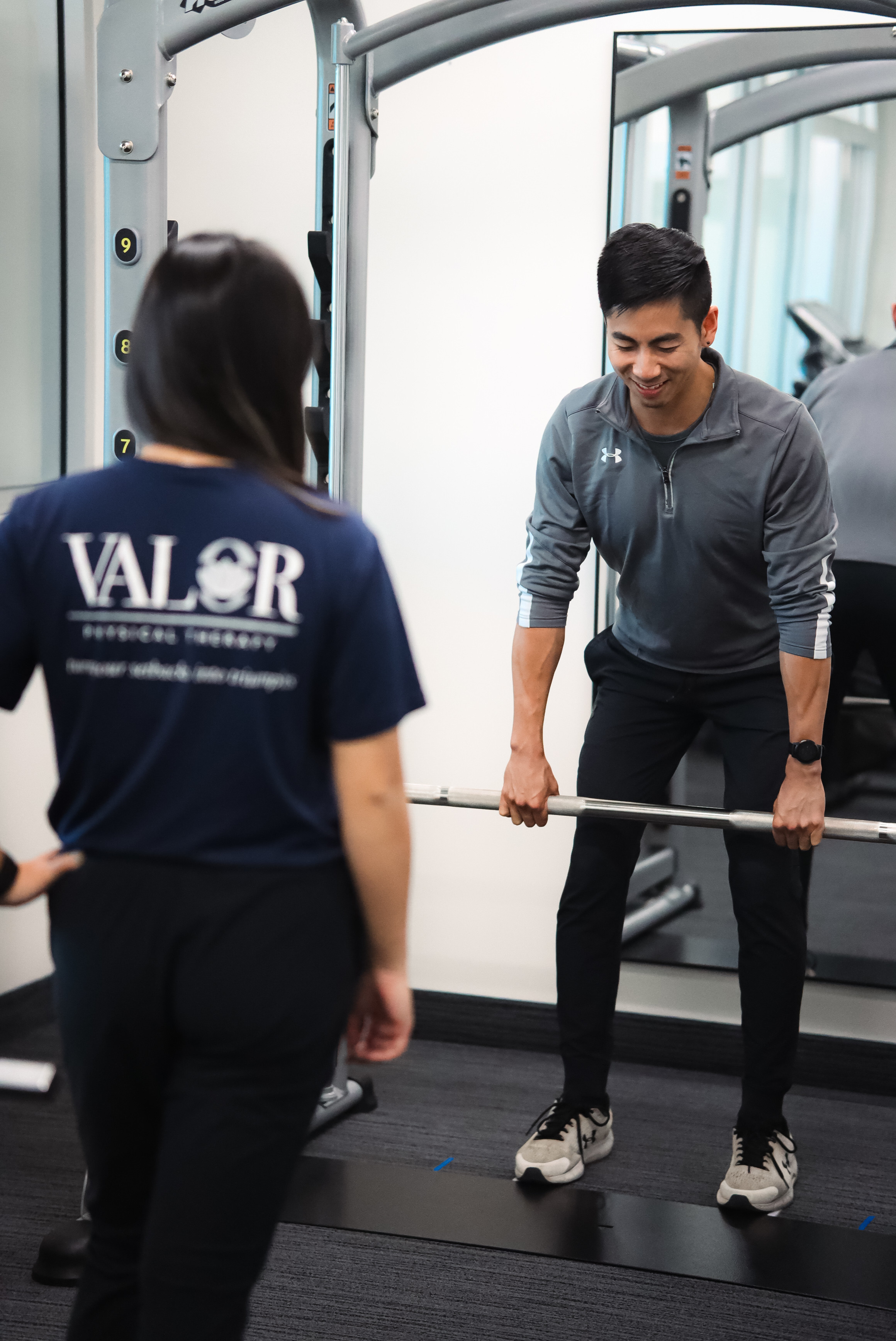
What Does Injury Prevention Mean?
Whether you’re an athlete, weekend warrior or someone who is just trying to stay healthy and active, injury prevention is a common term that we’ve all heard. But what does it actually mean?
Understanding Injury Prevention
At its core, injury prevention refers to strategies, habits, and practices designed to reduce the risk of injury before it happens. This includes both acute injuries (like sprains, fractures, or tears) and chronic injuries (like tendonitis or lower back pain that develop over time). While complete injury prevention is not realistic due to accidents and factors outside of our control, we can greatly reduce this change of injury by making sure our bodies can handle the stresses that come with our daily activities, including the sports that we participate in.
The objective isn’t just avoiding injuries but to also build resilience, improve mobility over time, and maintain long term health. It’s about creating healthy habits to support your long term goals.
Why Injury Prevention Matters
Let’s face it, injuries disrupt our daily lives. From pulling a muscle in your leg during a workout to waking up with a stiff neck, it can be an inconvenience for everyone. Proper injury prevention techniques help to mitigate the risk.
Without proper injury prevention strategies, we are more vulnerable to:
- Overuse injuries like stress fractures and shin splits
- Acute injuries like ACL and rotator cuff tears
- Chronic conditions like carpel tunnel and lower back pain
- Loss of independence as we age
- Enjoyment of daily activities sidelined by preventable injuries
You don’t need to be an athlete to face a risk of injury. Everyday activities like lifting groceries, sitting at a desk or even going for a walk can lead to pain and injury if your body isn’t prepared.

Common Injury Prevention Strategies
The good news? Many injuries can be preventable with the right habits and awareness. By incorporating a few key strategies into your routine, you can strengthen your body, improve movement quality, and reduce your risk of pain or injury, whether you're working out, at the office, or just going about your day.
- Strength Training: Builds muscles that support your joints and spine with exercises such as:
- Weighted exercises to strengthen hips and knees
- Core work like planks and bird dogs for lower back protection
- Kettlebell exercises for building shoulder stability
- Flexibility & Mobility Work: Helps maintain a healthy range of motion and reduces strain on muscles and tendons.
- Dynamic stretching before exercise
- Passive stretching after exercise
- Targeted mobility drills to increase flexibility
- Proper Warm-Ups & Cool-Downs: This prepares the body for movement and aids recovery afterward.
- Light cardio to raise body temperature and blood flow before heavy physical activity
- Sport-specific movements at low intensity prior to increasing intensity and resistance
- Gentle stretching and deep breathing post-workout to promote recovery
- Functional Movement Education: Learning proper form in exercises, sports, and daily activities.
- Being coached on optimal/efficient lifting technique (e.g., squatting vs. bending at the waist)
- Talk to your physical therapist about proper techniques and muscle activation for your sport/position
- Practicing ergonomic body mechanics during work and daily routines
- Rest & Recovery: Avoiding overtraining and giving the body time to heal.
- Taking scheduled rest days between workouts
- Using active recovery methods like walking or stretching on off days
- Staying well-hydrated to aid in muscle function, joint lubrication, and recovery
- Ergonomics: Setting up your work or home environment to support healthy posture and movement.
- Adjusting your chair, desk, and monitor to reduce strain
- Using a standing desk or alternating between sitting and standing
- Taking regular breaks from prolonged sitting to stretch or walk

The Role of Physical Therapy with Injury Prevention
At places like Valor Physical Therapy, injury prevention is built into everything we do. We assess your movement patterns, identify areas of weakness or imbalance, and create personalized programs to help you move better and safer.
Whether you’re recovering from an injury or want to avoid one altogether, we believe that injury prevention is one of the best investments you can make in your well-being. Here are some of the key ways PT keeps you one step ahead of injury:
1. Movement Screening & Assessments
PTs can catch red/yellow flags in your movement patterns before they lead to injury.
2. Corrective Exercise Plans
Targeted exercises strengthen weak links in your body, optimize muscle control, and reinforce proper mechanics.
3. Flexibility & Mobility Work
As always, flexibility and mobility play an important role. Restricted mobility often leads to compensations that cause pain or injury. PTs work to improve joint and muscle flexibility where it counts.
4. Sport-Specific Injury Prevention
Whether you’re a runner, lifter, or surfer, PTs can create customized routines to keep you in the game.
Injury prevention isn’t luck; it’s strategy. Working with a physical therapist gives you expert guidance, personalized support, and a clear plan to move with confidence. Whether you're staying active, returning to sport, or just want to feel better day to day, physical therapy can make all the difference.
Dealing with a current or past injury?
Don’t wait until it sidelines you. Schedule a 1-on-1 evaluation or movement assessment with our physical therapy team to address pain, instability, or mobility issues.


Valentine Ngo
Contact Me



